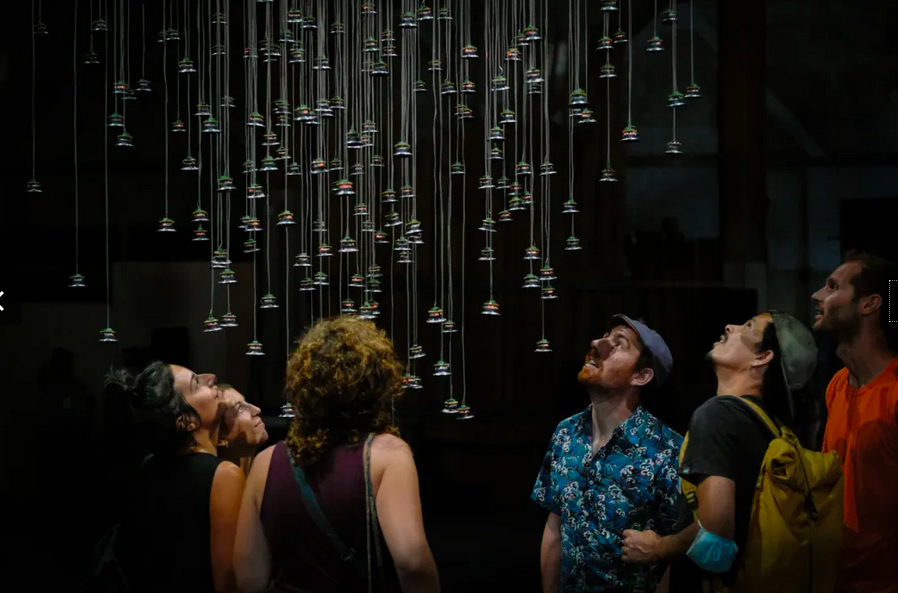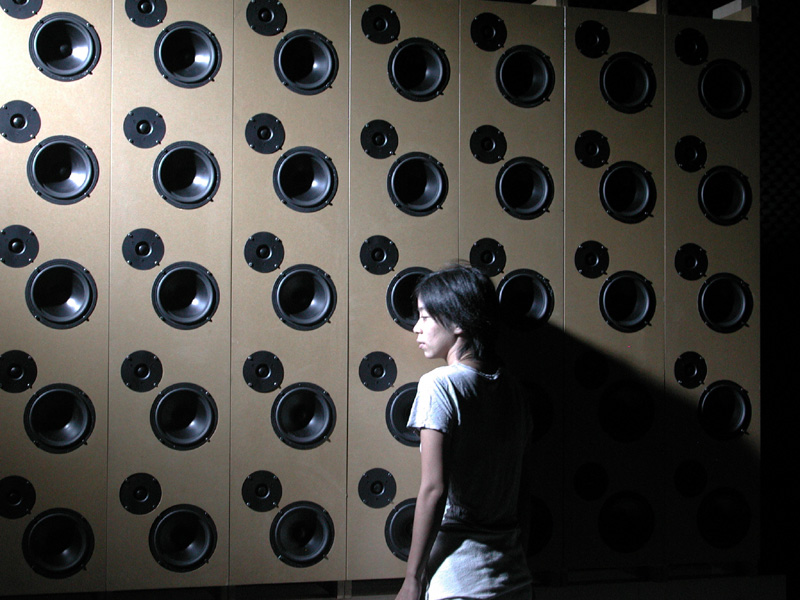
Sound art pushes the boundaries of traditional perception of sounds, encouraging listeners to explore sound beyond melody and rhythm. This art style stresses the spatial, environmental, and contextual attributes of audio, as opposed to traditional music, which focuses on harmony and composition. Sound art, which sprang from early twentieth-century avant-garde movements, invites listeners to participate with sound as an interconnected, tactile sensation. It combines technology, space, and natural elements to produce engaging soundscapes that challenge the listener’s relationship with sound. Unlike music, which is frequently experienced in specialized contexts such as concert halls, aural art makes use of a variety of venues, ranging from galleries to public areas, to enhance the sense of sound through its association with the physical world. This primer to sonic art explains its distinctive status in the auditory arts and takes you on an exciting trip through its vast auditory possibilities.
The Roots of Sonic Art
Sound art blossomed from experimental music and conceptual art. Early roots trace back to the avant-garde movements of the early 20th century. Pioneers pushed boundaries of music and art, aiming to combine tone with visuals and sensory experiences. This fusion created a complex web of works that defy categorization as simply music.
Sound Art in Public and Private spaces
Acoustic art makes extensive use of space. Whether implemented in galleries, museums, or outside venues, auditory interventions frequently change people’s perceptions of an area. In contrast, music is generally enjoyed in concert halls or on one’s own media devices. Acoustic art’s spatial considerations result in sensory-rich environments that enable the viewer to gain insight and engage with sound in a physical context.
The Role of Technology in Sound Art
Technological breakthroughs have greatly broadened the opportunities for sound art. Artists use a variety of electronic and digital technologies to record, modify, and create sounds. This technical component enables the development of complex soundscapes that may be both abstract and intensely immersive, providing sensations that traditional musical instruments cannot provide.
Sound Sculptures and Installations
Sound sculptures and installations provide a concrete link between the art of sound and the physical environment. These works frequently have interactive aspects, in which the viewer’s movement and actions alter the sound output. This dynamic connection separates sound art from recorded music or performances onstage by including the audience’s participation into the work itself.
Field Recording and Environmental Sounds
Many sonic art projects rely heavily on field recordings from nature or urban surroundings. By collecting and presenting real-world sounds outside of their natural context, artists challenge listeners to reconsider the ordinary soundscape. The emphasis on ambient noises and their modification distinguishes acoustic art from music, which has historically relied on instruments and the human voice for sound creation.
Auditory Art and Narrative
Music tells stories with lyrics and structure. Sound sculptures use sound differently. Artists combine ambient sounds, voices, and more to create experiences. These experiences evoke feelings, memories, and even images, but they don’t follow a clear story or musical style.
Interactive and Participatory Elements
Many artistic sound compositions have interactive elements. By permitting the audience to affect or even generate the sound via their actions, acoustic art breaks the division between creator and observer. This interactive technique establishes a distinct bond between the artwork and its audience, exceedingly hard conventional concepts of artistic experience.

In a nutshell sound art distinguishes itself from traditional music by emphasizing spatial and contextual experiences above melodic patterns. This art form turns routine noises into sensory overload, testing our senses and encouraging us to connect with sound in new ways. Sonic art broadens the hearing horizon by including installations, field recordings, and technical breakthroughs that engage viewers in a participatory interaction with the environment. It complements music by exploring the potential of sound, providing a greater, more diverse soundscape. Sound barriers are falling. Noise art uses this freedom. It blends space and new tech, which wants us to hear the world differently. It opens our ears and minds to the sounds around us.







